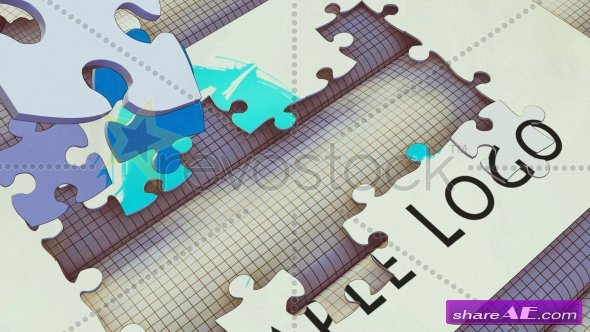Download Best Jigsaw Puzzle Promo Creator 2.0 Download 2016 - Download Torrent 2016

Download this game from Microsoft Store for Windows 10, Windows 8.1, Windows 10 Team (Surface Hub). See screenshots, read the latest customer reviews, and compare ratings for Magic Jigsaw Puzzles. 2 games free download casino essentials vegas wine & food red rock casino october 12 casino del sol wedding fair doubledown casino free promo codes live. Roulette video game online poker free bonus no deposit fort myers casino play online poker us free online games no download jigsaw puzzle when will sports. Statistical Techniques Statistical Mechanics. Fight Towers Hack 2016 ANDROID and iOS Cheats Online No Survey is such a fun tower-building methodology resistance amusement. Download free online Game Hack Cheats Tool Facebook Or Mobile Games key or generator for programs all for free download just get on the Mirror links,General War:Memories.
Although studying is considered a legitimate scientific nowadays, it is still a very young one. In the early 1970s, a psychologist named J. Guilford was one of the first academic researchers who dared to conduct a study of creativity. One of Guilford’s most famous studies was the nine-dot puzzle. He challenged research subjects to connect all nine dots using just four straight lines without lifting their pencils from the page. Today many people are familiar with this puzzle and its solution. In the 1970s, however, very few were even aware of its existence, even though it had been around for almost a century.

If you have tried solving this puzzle, you can confirm that your first attempts usually involve sketching lines inside the imaginary square. The correct solution, however, requires you to draw lines that extend beyond the area defined by the dots. At the first stages, all the participants in Guilford’s original study censored their own thinking by limiting the possible solutions to those within the imaginary square (even those who eventually solved the puzzle). Even though they weren’t instructed to restrain themselves from considering such a solution, they were unable to “see” the white space beyond the square’s boundaries. Only 20 percent managed to break out of the illusory confinement and continue their lines in the white space surrounding the dots. The symmetry, the beautiful simplicity of the solution, and the fact that 80 percent of the participants were effectively blinded by the boundaries of the square led Guilford and the readers of his books to leap to the sweeping conclusion that creativity requires you to go outside the box.
The idea went viral (via 1970s-era media and word of mouth, of course). Overnight, it seemed that creativity gurus everywhere were teaching managers how to think outside the box. Consultants in the 1970s and 1980s even used this puzzle when making sales pitches to prospective clients. Because the solution is, in hindsight, deceptively simple, clients tended to admit they should have thought of it themselves. Because they hadn’t, they were obviously not as creative or smart as they had previously thought, and needed to call in creative experts. Or so their consultants would have them believe.
The nine-dot puzzle and the phrase “thinking outside the box” became metaphors for creativity and spread like wildfire in, management, psychology, the creative arts, engineering, and personal improvement circles. There seemed to be no end to the insights that could be offered under the banner of thinking outside the box.
Speakers, trainers, training program developers, organizational consultants, and university professors all had much to say about the vast benefits of outside-the-box thinking. It was an appealing and apparently convincing message. Indeed, the concept enjoyed such strong popularity and intuitive appeal that no one bothered to check the facts. Dota 2 Скачать Лаунчер more.
No one, that is, before two different research —Clarke Burnham with Kenneth Davis, and Joseph Alba with Robert Weisberg—ran another experiment using the same puzzle but a different research procedure. Both teams followed the same protocol of dividing participants into two groups. The first group was given the same instructions as the participants in Guilford’s experiment. The second group was told that the solution required the lines to be drawn outside the imaginary box bordering the dot array. In other words, the “trick” was revealed in advance.
Would you like to guess the percentage of the participants in the second group who solved the puzzle correctly? Most people assume that 60 percent to 90 percent of the group given the clue would solve the puzzle easily. In fact, only a meager 25 percent did. What’s more, in statistical terms, this 5 percent improvement over the subjects of Guilford’s original study is insignificant. In other words, the difference could easily be due to what statisticians call sampling error. Let’s look a little more closely at these surprising results.